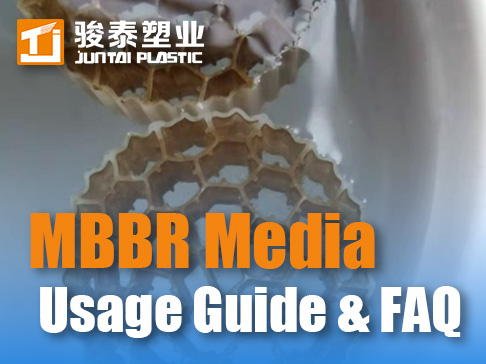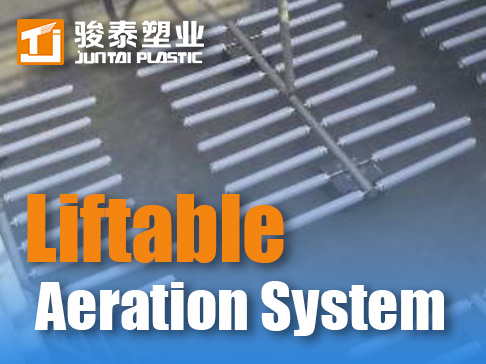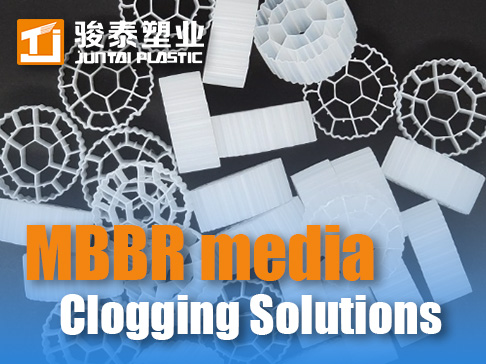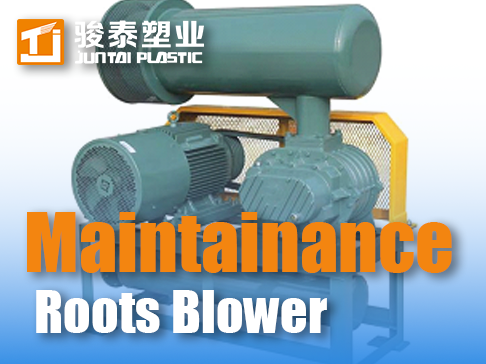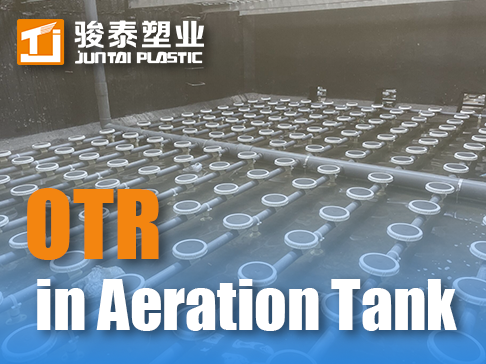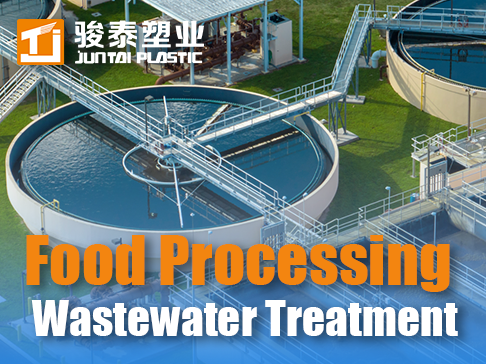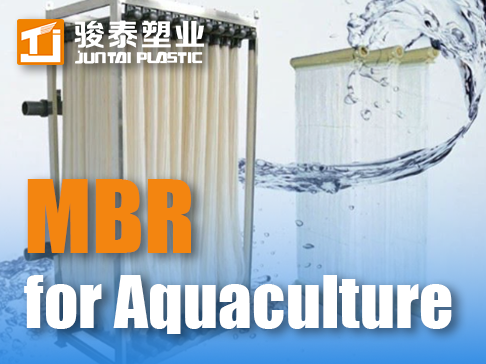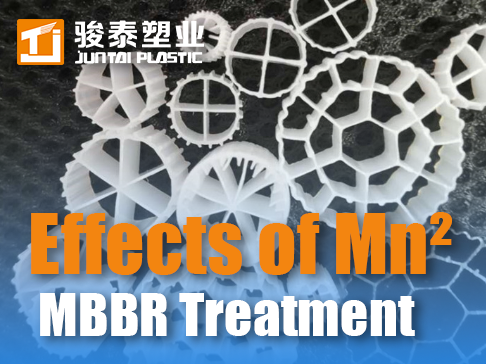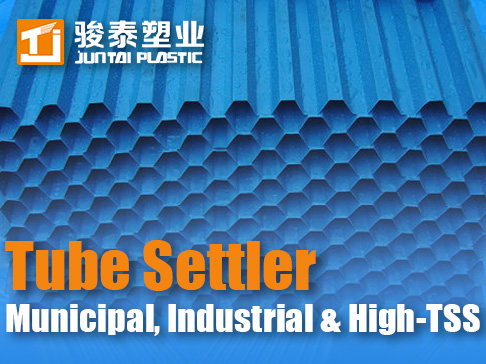 +86 13600513715
+86 13600513715 Factors Affecting Oxygen Transfer Rate (OTR) in Aeration Tanks | Wastewater Treatment Optimization
Factors Affecting Oxygen Transfer Rate in Aeration Tanks
The Importance of OTR in Aeration Tanks
Oxygen transfer rate (OTR) is a critical parameter in biological Wastewater Treatment, directly impacting the efficiency of organic pollutant degradation and the energy consumption of aeration systems. In activated sludge processes, microorganisms rely on dissolved oxygen (DO) to break down organic matter, and an optimal OTR ensures stable treatment performance while minimizing operational costs.
This article explores the key factors influencing OTR.Understanding these factors helps engineers optimize aeration systems, reduce energy usage, and maintain compliance with effluent standards.
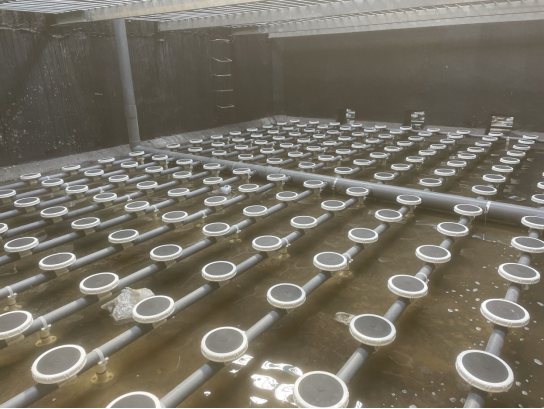
Factors Affecting OTR
The oxygen transfer rate (OTR) in aeration systems is influenced by multiple physical, chemical, and operational factors. Below are the key determinants of OTR efficiency:
1. Oxygen Saturation Concentration (Cs)
- OTR is directly proportionalto the saturation concentration of dissolved oxygen (DO).
- Temperature dependence:
- Cs decreasesas temperature rises (e.g., 9.1 mg/L at 20°C vs. 7.6 mg/L at 30°C).
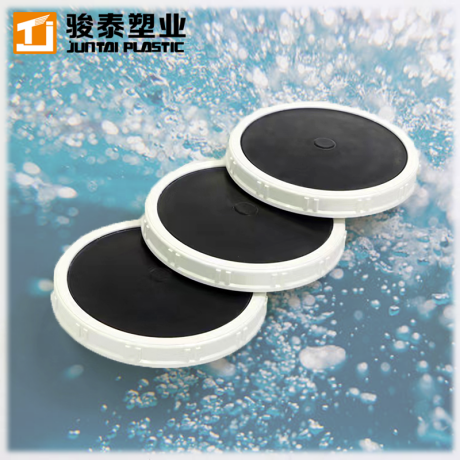
2. Water Temperature
- Impact on KLaa (Mass Transfer Coefficient):
- KLaincreases with temperature (faster diffusion).
- Cs decreaseswith temperature (lower solubility).
- Net effect: In the 10–30°C range, these opposing trends nearly cancel out.
3. Wastewater Characteristics
1)Impurities (α Factor)
- Surfactants/organics reduce OTR.
2)Correction: Multiply KLa(clean water) by α (0.3–0.8 for wastewater).
- Salinity (β Factor)
- Dissolved salts lower oxygen solubility.
- Correction: Multiply Cₛ (clean water) by β (0.9–0.97).
3)Oxygen Partial Pressure (p)
- Higher atmospheric pressure raises Cs.
- Correction:
p = Local atmospheric pressure(Pa) / 1.013×105 Pa
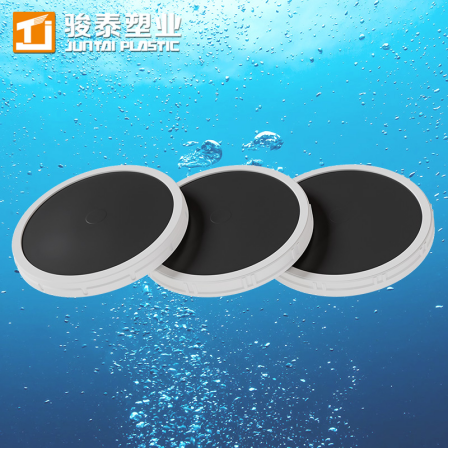
4)Water Depth (For Diffused Aeration)
- Csis highest at the diffuser depth (due to hydrostatic pressure).
- Effective Cs= Average of values at diffuser depth and water surface.
4. Bubble Dynamics & Hydrodynamics
- Bubble size: Smaller bubbles ↑ surface area (↑Kₗa) but ↓ turbulence.
- Contact time: Longer exposure ↑ OTR (but stagnant liquid films limit transfer).
- Turbulence: Bubble rupture and liquid mixing renew oxygen-depleted films.
5. Diffuser Performance
- Fine-pore diffusers (e.g., membrane discs) generate small bubbles (↑OTR).
- Coarse-Bubble Diffusers rely more on turbulence.




